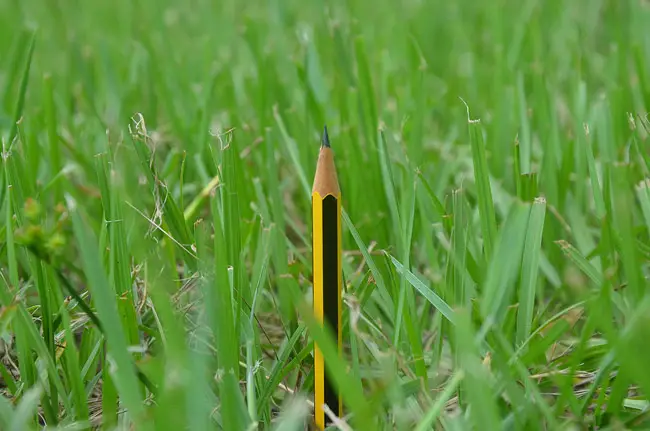
Florida’s sales tax holiday on school supplies, clothing, shoes and personal computers and other select accessories is this weekend–starting at a minute after midnight Friday, Aug. 4, through midnight Sunday, Aug. 7.
Florida’s 6 percent sales tax will not apply to any item on the approved back-to-school tax-free list. Nor will local-option sales taxes, such as Flagler County’s extra penny sales tax that funds certain projects in Palm Coast and the county.
The Legislature approved the annual sales tax break as part of a larger tax-cutting package in House Bill 7109, which also reduced taxes on commercial real estate, corporate taxes and property taxes, among others, at a total cost to the state treasury of $92 million. The sales tax “holiday” is projected to cost the state $26.6 million, and to cost local governments $6.8 million in all. It will be limited to three days, as opposed to the 10-day “holiday” in the summer of 2015. It is the 15th time the state has enacted the tax break since 1998.
According to a legislative analysis, clothing and footwear have always been exempted at various thresholds, most recently $60. That’s the threshold again this year.
Books valued at $50 or less were exempted in six periods. They are not exempted this year. School supplies have been included starting in 2001, with the value threshold increasing from $10 to $15. The threshold this year is again $15.
In 2013, personal computers and related accessories purchased for noncommercial home or personal use with a sales price of $750 or less were exempted. In 2014, the first $750 of the sales price of personal computers and related accessories purchased for noncommercial home or personal use were exempted. This year, the items must be $750 or less to be eligible for the tax break.
The exemption will still apply no matter how many items are sold on the same invoice to a customer. In other words you won’t get a tax exemption if you want to buy that trendy, $150 sweatshirt, but you may get the exemption if the sweater sells for less than $60. (See the full lists below.)
Same thing with school supplies: you won’t get the sales tax exemption if you want to buy a $100 calculator, but you will get the exemption if you but a $14 calculator. Also, keep in mind that if you’re at Disney, Sea World and other theme parks, the exemption does not apply to items sold there. Nor does it apply at stores in any entertainment complex, any public lodging establishment or any airport.
“Clothing” means any article of wearing apparel, including all footwear (except skis, swim fins, roller blades, and skates), intended to be worn on or about the human body. However, “clothing” does not include make-up bags, roller blades, roller skates, shaving kits, hard hats, duffel bags, watches, watchbands, jewelry, umbrellas, handkerchiefs, or sporting equipment.
“School supplies” means pens, pencils, erasers, crayons, notebooks, notebook filler paper, legal pads, binders, lunch boxes, construction paper, markers, folders, poster board, composition books, poster paper, scissors, cellophane tape, glue, paste, rulers, computer disks, protractors, compasses, and calculators. But items that are taxable include computer paper, correction tape, masking tape, printer paper, staplers and staples.
There are also restrictions on retailers’ specials. Here’s how the Florida Department of Revenue explains it:
Example 1: A retailer advertises pants as “buy one, get one free.” The first pair of pants is priced at $80; the second pair of pants is free. Tax is due on $80. The store cannot sell each pair of pants for $40 in order for the items to qualify for the exemption. However, the retailer may advertise and sell the items for 50 percent off, selling each pair of $80 pants for $40, making each pair eligible for the exemption.
Example 2: A retailer advertises shoes as “buy one pair at the regular price, get a second pair for half price.” The first pair of shoes is sold for $80; the second pair is sold for $40 (half price). Tax is due on the $80 shoes, but not on the $40 shoes. The store cannot sell each pair of shoes for $60 in order for the items to qualify for the exemption. However, a retailer may advertise each pair for 25 percent off, thereby selling each pair of $80 shoes for $60, making each pair eligible for the exemption.
When shipping and handling charges are part of the sales price of an item, and multiple items are shipped on a single invoice or receipt, the shipping and handling charge must be fairly assigned to each item on the invoice or receipt to determine if an item is exempt during the holiday.
![]()
Back To School Sales Tax Holiday 2017
Click to access holiday-2017sales-tax-exemption.pdf





























Leave a Reply